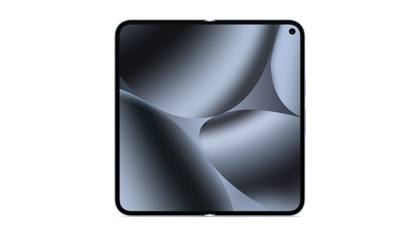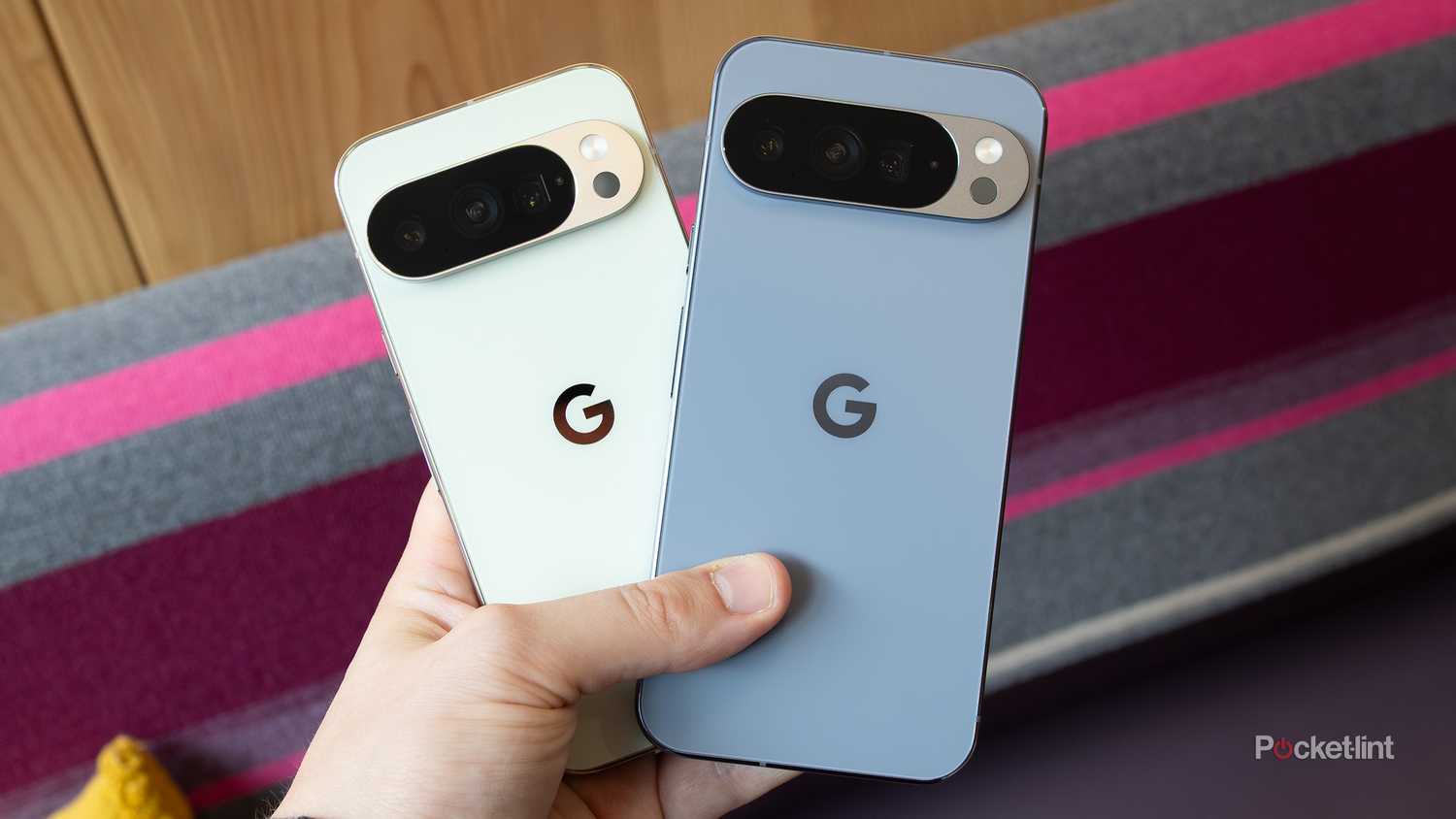Summary
- Google officially unveiled its Pixel 10 lineup of smartphones at a hardware keynote in New York City on August 20.
- These new flagship phones bring much-hyped additions to the table, including built-in Qi2 magnets, all-new Tensor processors, and brighter OLED displays.
- However, there are several smaller details that Google didn’t mention in its presentation — here are five in particular.
On Wednesday, Google officially unveiled its next-generation of Android smartphones: the Pixel 10 series. This all-new flagship lineup consists of the standard Pixel 10, the higher-end Pixel 10 Pro, the plus-sized Pixel 10 Pro XL, and the book-style Pixel 10 Pro Fold.
Google’s hardware keynote was informative when it came to core device specifications, including important details about the new Tensor G5 chipset, the built-in array of Qi2 wireless charging Pixelsnap magnets, the Fold’s industry-first IP68 water and dust resistance rating, as well as general pricing and availability.
However, the search giant’s New York City-based presentation, which was hosted by late-night show host Jimmy Fallon, also left out some key details about the Pixel 10 et al. Some genuinely interesting new hardware and software additions were brushed under the rug, as were a couple of questionable product decisions.
Here are five Pixel 10 series details that you probably missed, even if you tuned into the Made by Google live stream last week.

- Brand
-
Google
- SoC
-
Tensor G5
- Display
-
6.3-inch Actua Display 1080 x 2424 pixel resolution OLED (60-120Hz)
- RAM
-
12GB
- Storage
-
128GB/256GB
- Battery
-
4,970mAh
Google’s Pixel 10 features the tech giant’s new Tensor G5 chip and a three-camera setup for the first time that includes a 10.8-megapixel telephoto camera.

- Brand
-
Google
- SoC
-
Tensor G5
- Display
-
6.3-inch Super Actua display 1280 x 2856 pixel resolution OLED (1-120Hz)
- RAM
-
16GB
- Storage
-
128GB, 256GB, 512GB, 1TB
- Battery
-
4,870mAh, 30+ hours of battery life
The Pixel 10 Pro features Google’s new Tensor G5 chip, 16GB of RAM, and 128GB, 256GB, 512GB or 1TB of storage. The smartphone’s overall design looks very similar to its predecessor, including its sprawling camera bump.

- Brand
-
Google
- SoC
-
Tensor G5
- Display
-
6.8-inch Super Actua display 1344 x 2992 pixel resolution OLED (1-120Hz)
- RAM
-
16GB
- Storage
-
256GB, 512GB, 1TB
- Battery
-
5,200mAh, 30+ hours of battery life
The 6.8-inch Pixel 10 XL features the same specs as the Pixel 10, including Google’s Tensor G5 chip, 16GB of RAM, and a suite of Gemini AI-powered features.

- Brand
-
Google
- SoC
-
Tensor G5, Titan M2 security processor
- Display
-
6.4-inch 120Hz 2364 x 1080 pixel resolution OLED Actua outer display, 8-inch 120Hz 2076 x 2152 pixel resolution OLED Super Actua Flex inner display
- RAM
-
16GB
- Storage
-
256GB, 512GB
- Battery
-
5,015mAh
The Pixel 10 Pro Fold is Google’s third-generation book-style foldable phone, with a Tensor G5 processor, a slightly larger 6.4-inch cover display, and full IP68 water and dust resistance.
1
Say goodbye to physical SIM in the US
This year, eSIM is your only option unless you’re picking up a foldable
That’s right — with the Pixel 10 series, Google is following in the footsteps of Apple by forgoing physical Nano SIM card slots entirely in the US market. All Pixel 10 phones sold in the United States (except for the 10 Pro Fold) will instead rely exclusively on eSIM, which is a digital technology that simulates a traditional SIM card virtually.
It’s clear that, like Apple, Google is keen to push the industry in the direction of eSIM ubiquity, which has its pros and cons. On the bright side, there’s more room inside the phone for other components, and it’s impossible for a bad actor to remove your SIM card without your consent. On the other hand, it can still be a pain to transfer eSIMs from one device to the next, and it can sometimes make traveling an exercise in frustration.
For those outside the US, Pixel 10 series devices will continue to include a dedicated Nano SIM tray, while also including support for eSIM out of the box. There are sure to be some growing pains during this transitional process, but I hope in the long run this will all be worth it when a more robust eSIM ecosystem extends its reach across the entire globe.
2
AOD gets an upgrade (assuming you’re a Pro)
If you opt for the 10 Pro or 10 Pro XL, you can enjoy a more colorful Always-On Display
Thanks to some investigative work from APK teardown specialists over at Android Authority, we’ve known for some time now that Google has been working on updating the Pixel’s Always-On Display (AOD). Now that Pixel 10 series units are officially out in the wild, it has been confirmed that yes, indeed, there is an upgraded AOD experience on offer.
Specifically, the Pixel 10 Pro and Pixel 10 Pro both feature a new AOD setting that showcases a dimmer and blurrier version of your lock screen wallpaper at all times — a feature we’ve become familiar with in recent years from the iPhone and from certain other Android hardware makers.
Thankfully, this more colorful AOD mode is an optional experience, with a simple toggle available in settings to revert to a minimalistic black AOD for those who prefer it. It’s worth noting that only the slab-style Pro Pixel 10 models are receiving this upgraded experience, likely owing to their use of LTPO display tech with a more flexible variable refresh rate when compared to the vanilla Pixel 10 and the Pixel 10 Pro Fold.
3
Thread radios have finally arrived
For the first time on Android, Thread is built right into the Pixel 10 series
Thread is a low-powered mesh networking protocol co-created by Google, Samsung, Apple, Qualcomm, and several other tech titans via the Thread Group alliance. Thread is designed to improve the experience of using smart home and Internet of Things (IoT) devices, by creating a more reliable, stable, and fluid wireless connection. Theoretically, the more Thread-enabled devices join the fray, the more effective the system as a whole will become.
Until now, the only high-profile mobile devices to have shipped with Thread radios have been from Apple, but this all changes with the Pixel 10 series. All four Pixel 10 models include built-in Thread support, which is an excellent bit of futureproofing that might come in handy within the seven-year lifespan of these handsets. With Thread in tow, commands can be sent directly from a Pixel 10 to a compatible smart device, sidestepping the need to interface with an external Thread Border Router.
4
The Pixel 10’s main camera is actually nerfed
The camera situation on the vanilla Pixel 10 is a double-edged sword
Google rightfully highlighted the base-level Pixel 10’s all-new triple rear camera setup at its keynote, which brings a dedicated 5X telephoto lens to the standard Pixel for the very first time. This inclusion makes the non-Pro Pixel 10 a far more flexible photography system than the Pixel 9, with the new zoom sensor perfectly complimenting the existing wide angle and ultra-wide angle focal lengths.
However, the devil is in the details with this one: the Pixel 10’s wide-angle and ultra-wide cameras have actually been nerfed when compared to the ones found on its direct predecessor, at least from an optical hardware standpoint. The Pixel 10’s main shooter is of 48-megapixel resolution with a 1/2-inch sensor size, matching that of the mid-range Pixel 9a from earlier this year. By contrast, the Pixel 9’s main camera was 50-megapixels with a 1/1.31-inch sensor size.
As for the ultra-wide lens, the Pixel 10 gets a 13MP ultra-wide sensor at a 1/3.1-inch sensor size, down from the Pixel 9’s 48-megapixel lens at a size of 1/2.55 inches. The former also looses out on the latter’s autofocus, which is a genuine shame in my opinion. And, so, while it’s nice that the base-level Pixel finally has a triple array of rear cameras ( beating Apple to the punch), they’re not quite as high-end as the ones found on the 10 Pro and 10 Pro XL.
5
The Pixel 10 Pro XL offers additional peaks
Google outfitted this year’s oversized XL variant with some additional tech specs
As someone who prefers compact handsets, I appreciate Google’s commitment to offering its highest-end Pixel 10 Pro lineup in two size classes. However, despite most specifications being a one-to-one match across both models, the Pixel 10 Pro does enjoy a few small-yet-noteworthy benefits over its smaller Pixel 10 Pro counterpart.
As it turns out, the 10 Pro is the only handset in the Pixel 10 lineup to support the very latest Qi2.2 wireless charging specification, which unlocks 25W of Pixelsnap power delivery as opposed to the 15W found on the other units. The Pixel 10 Pro XL is also the only model to support 45W of wired charging, besting the 30W of its non-XL counterpart.
I’m cynical about Google’s less than generous storage offering on the Pixel 10 Pro.
Additionally, the Pixel 10 Pro XL is the only model to start at 256GB of storage, with the smaller model shipping with a base configuration of 128GB. For 2025, I’d certainly expect both models to ship with the more roomy 256GB by default, especially when taking into account how much internal storage is taken up out of the box by the Android system and various on-device AI models.
I’m cynical about Google’s less than generous storage offering on the Pixel 10 Pro, but I can at least see the justification behind the decision to throttle charging speeds. Both Pro models utilize a vapor cooling system (as opposed to the vanilla Pixel 10’s graphene cooling system), but the smaller footprint of a non-XL phone is sure to create engineering challenges when it comes to thermal performance, heat management, safety, and overall battery longevity.















